Not just Boracay...
10 Halal Logos in ASEAN That Every Muslim Traveller Needs to Know
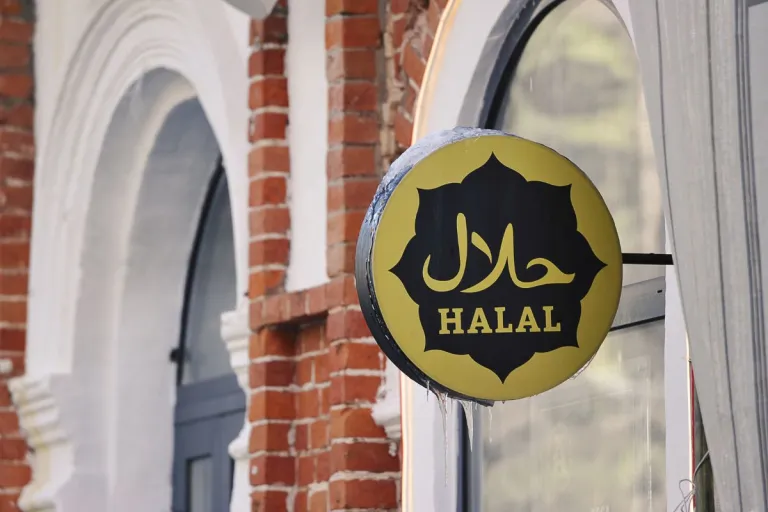
Travelling across Southeast Asia is a dream come true for many, with its vibrant cultures, stunning landscapes, and incredible cuisines. But for Muslim travellers, ensuring halal food availability is often a top priority. Don’t worry; ASEAN countries have got you covered! Each nation has its unique halal certification logo, helping Muslim travellers enjoy their culinary journey with confidence.
Let’s take a closer look at these logos and how they simplify travel for halal-conscious adventurers.
Malaysia
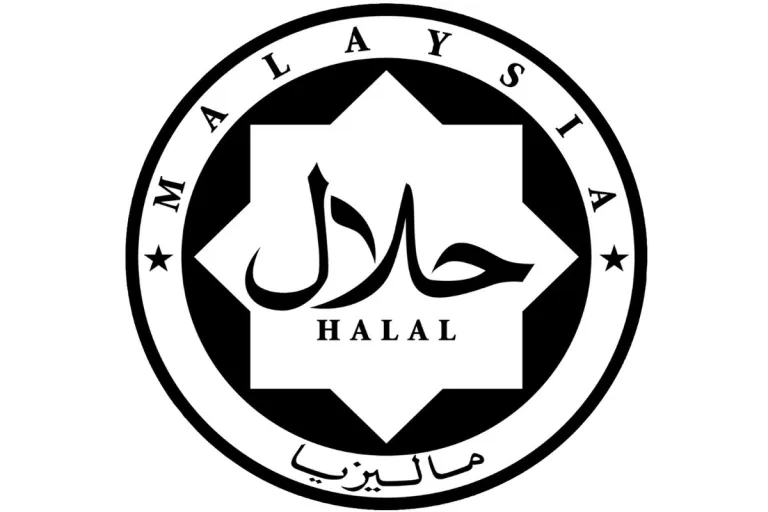 Image credit: ORiBionature | Official Website
Image credit: ORiBionature | Official Website
Ah, Malaysia—the food haven of Southeast Asia! From street-side satay to nasi lemak, you’ll never run out of options. Their halal logo, managed by the Department of Islamic Development Malaysia (JAKIM), is one of the most recognisable in the world. It features a bold Arabic script encircled by English and Malay translations. JAKIM’s strict standards have made Malaysia a global benchmark for halal certification. Whether you’re dining at hawker stalls or high-end restaurants, spotting the JAKIM logo is as easy as finding the iconic Petronas Towers.
Indonesia
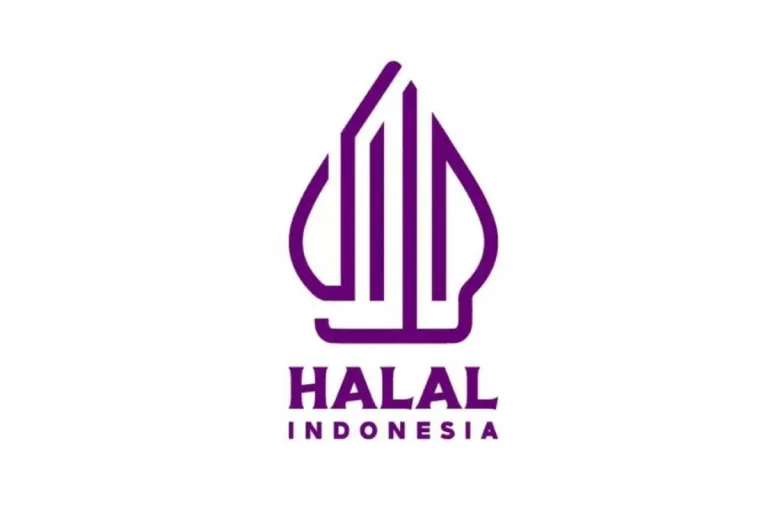 Image credit: Harian Metro | Official Website
Image credit: Harian Metro | Official Website
Known for its spicy sambals and hearty rendang, Indonesia has a halal certification logo that exudes modernity. Managed by the Halal Product Assurance Agency (BPJPH), the purple logo replaced the older MUI logo in 2019. BPJPH has embraced technological advancements, incorporating QR codes on certified products for instant verification. Indonesia’s efforts to streamline halal certification reflect its ambition to lead the global halal market. Don’t miss out on a Padang cuisine feast—a halal-certified delight with dishes bursting with flavour.
Philippines
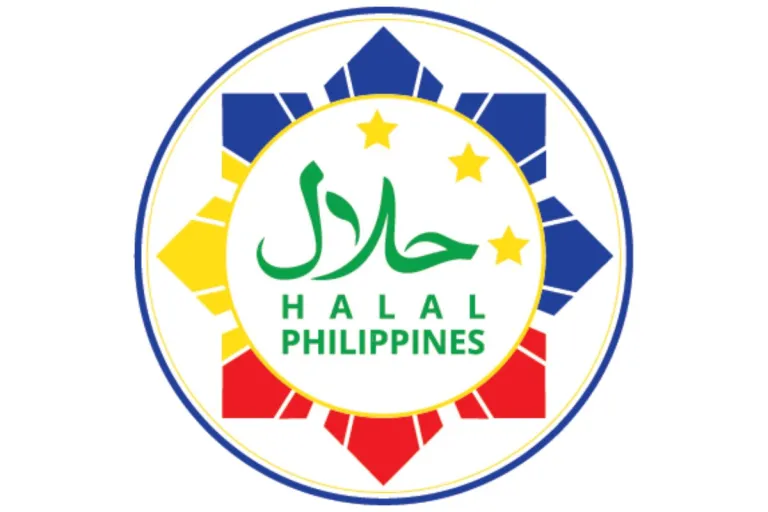 Image credit: Halal Life Hacks | Official Website
Image credit: Halal Life Hacks | Official Website
The Philippines, a treasure trove of island adventures, also caters to halal-conscious travellers. Its halal logo incorporates vibrant colours and text in Arabic and English, symbolising the nation’s commitment to inclusivity. Managed by the National Commission on Muslim Filipinos (NCMF), the certification ensures that Muslim travellers can enjoy local delicacies without worry. Mindanao, with its strong Muslim influence, offers a wide array of halal-certified options—perfect for exploring the archipelago’s culinary diversity.
Laos
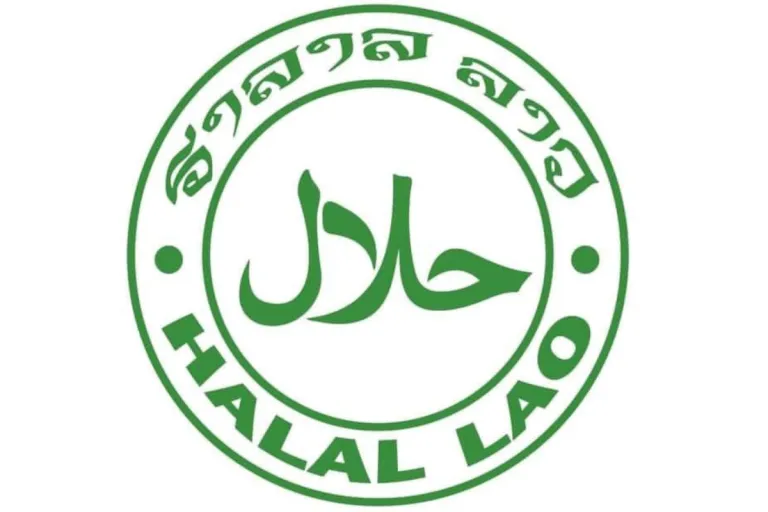 Image credit: Somboune Khan | X
Image credit: Somboune Khan | X
Though not as commonly associated with halal food, Laos has made efforts to support Muslim travellers. Its halal certification logo is simple and clean, reflecting its straightforward approach to halal compliance. While halal-certified establishments may be fewer, local Muslim communities and mosques often provide valuable guidance. Enjoying dishes like halal laap (a traditional minced meat salad) is possible with a little research.
Singapore
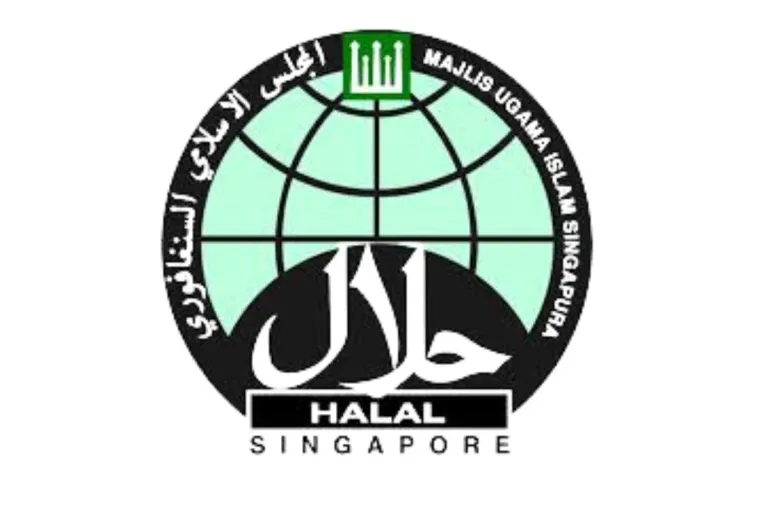 Image credit: PNGitem | Official Website
Image credit: PNGitem | Official Website
As a melting pot of cultures, Singapore takes halal certification seriously. The logo, managed by the Majlis Ugama Islam Singapura (MUIS), prominently features a crescent moon and the word "halal" in Arabic. MUIS goes beyond food, extending halal certification to cosmetics and pharmaceuticals. It also uses technology to help travellers find certified establishments through mobile apps. Indulge in hawker favourites like chicken rice and chilli crab with complete peace of mind.
Thailand
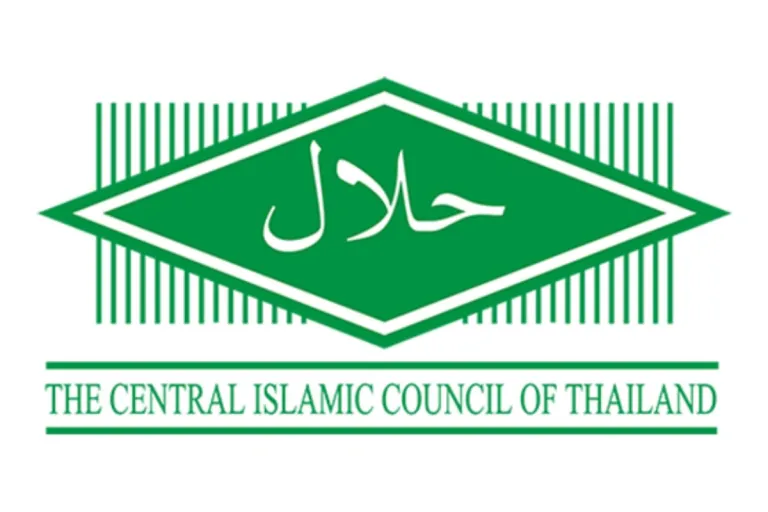 Image credit: pngaaa | Official Website
Image credit: pngaaa | Official Website
Thailand might be famous for its pork dishes, but it offers plenty of halal options too. The green and white halal logo, managed by the Central Islamic Council of Thailand (CICOT), is trusted both locally and globally. Thailand has also positioned itself as a major exporter of halal products. While in Bangkok, visit the Chatuchak Market, where halal-certified street food vendors serve delights like tom yum soup and mango sticky rice.
Brunei
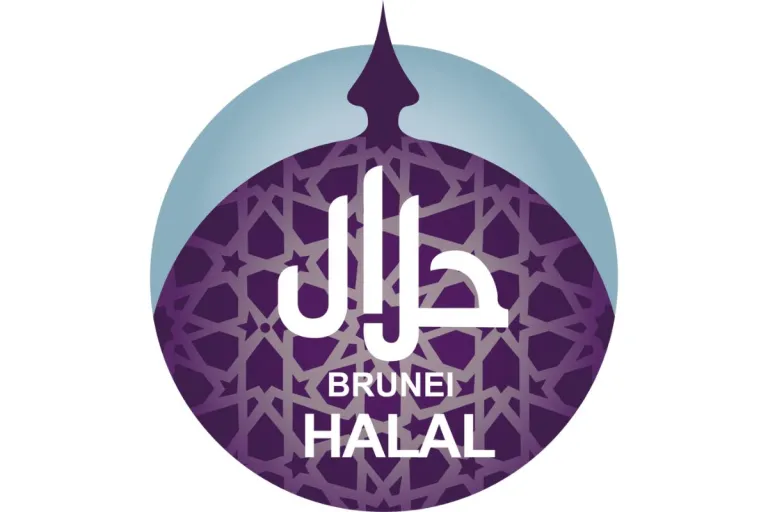 Image credit: Brunei Halal | Official Website
Image credit: Brunei Halal | Official Website
Known for its strong Islamic identity, Brunei’s halal logo features intricate designs reflecting the nation’s rich heritage. The country’s halal certification covers a wide range of products, from food to pharmaceuticals. Brunei’s commitment to maintaining high halal standards ensures that travellers can enjoy local delicacies like ambuyat with confidence.
Myanmar
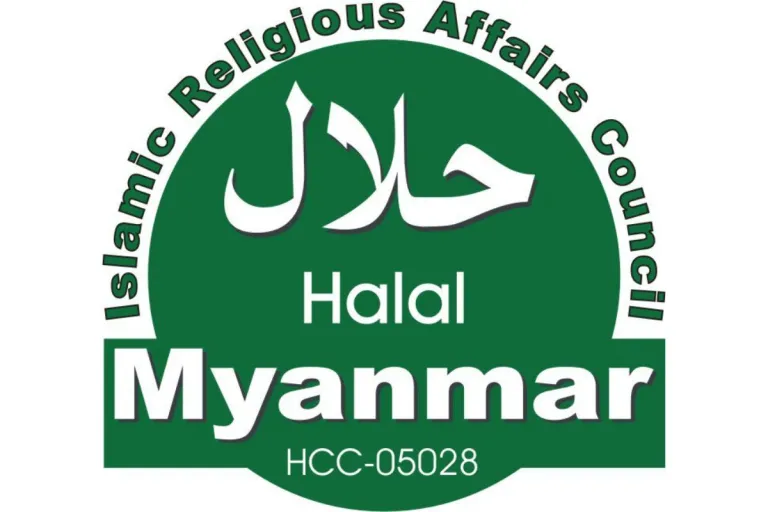 Image credit: Islamic Religious Affairs Council Myanmar | Official Facebook
Image credit: Islamic Religious Affairs Council Myanmar | Official Facebook
Myanmar is an underrated gem for halal-conscious travellers. Its halal certification logo ensures that Muslim visitors can enjoy dishes like mohinga or biryani without hesitation. While halal-certified establishments are growing, the local Muslim community plays a key role in supporting halal tourism.
Vietnam
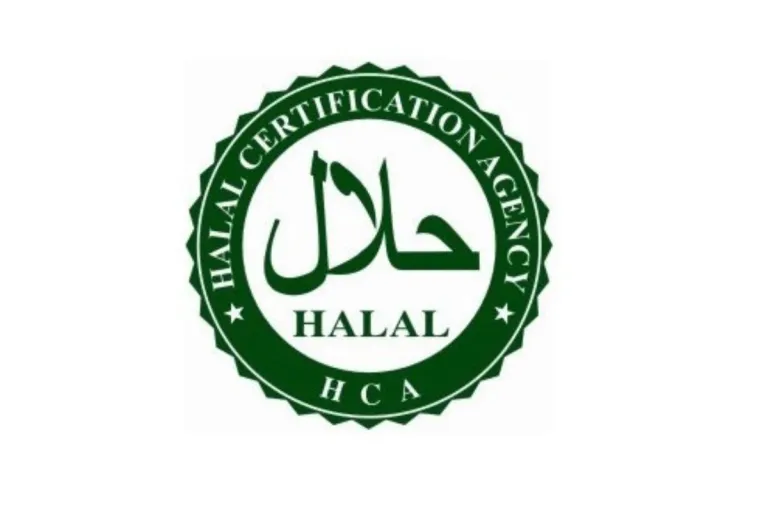 Image credit: Viet Huong | Official Website
Image credit: Viet Huong | Official Website
Halal options in Vietnam are growing, especially in major cities like Ho Chi Minh City and Hanoi. The country’s halal logo is simple yet effective, making it easy to identify trusted eateries and products. Try halal versions of iconic dishes like pho or banh mi as you explore the country’s bustling markets.
Cambodia
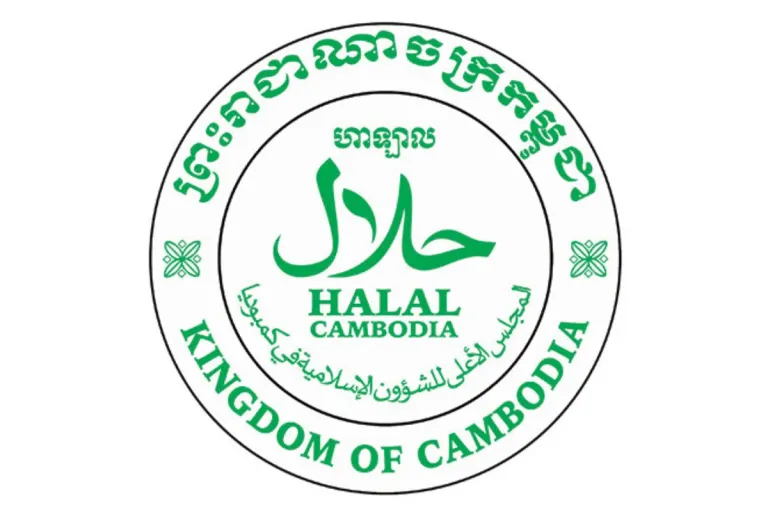 Image credit: Wikipedia
Image credit: Wikipedia
In Cambodia, halal-certified establishments are often concentrated in areas with a strong Cham Muslim presence. The halal logo incorporates Khmer script, symbolising the country’s efforts to support Muslim travellers. Dishes like halal fish amok are a must-try when exploring this culturally rich nation.
So, the next time you’re exploring ASEAN, keep this halal logo guide handy. Whether it’s Indonesia’s sambals, Thailand’s curries, or Singapore’s hawker delights, these logos make it easier than ever for Muslim travellers to indulge in worry-free feasts while experiencing the best of Southeast Asia. Bon appétit—or as they say in the region, selamat makan!
What’s your favorite halal find in ASEAN? Let us know in the comments below!
Published at
About Author
Aimi Zulkiflee
Subscribe our Newsletter
Get our weekly tips and travel news!
Recommended Articles
10 Best Halal-Friendly Destinations in The Philippines for Muslim Travellers 10 Cafes in Johor Bahru You Have To Go To Head on to someplace new to taste something unfamiliar and fall in love! There is so many new places to explore, why not start with these?
10 Halal Anime Food Guide for Muslim Travellers in Japan Muslim-friendly versions of popular anime dishes across Japan!
10 Halal Restaurants in Bangkok to Satisfy Your Thai Cravings From Korean-style BBQ and Punjabi curries to award-winning shrimp Pad Thai, take your pick from these amazing Halal restaurants in Bangkok.
10 Hidden Gems of Sabah, Malaysia Besides mountains, Sabah has so much to offer its visitors from vast clear blue waters to rare native wildlife. You will never be bored when you visit this hidden gem of Malaysia.
Latest Articles
Bali Sets New Rules For Foreign Tourists, Here's What You Need To Know Bali's new rules all foreign tourists need to know before your visit!
Hello Kitty Airport in Japan: Everything You Need to Know For a Muslim-Friendly Visit to Oita Japanese Airport Renamed 'Hello Kitty Airport' temporarily!
10 Best Places for Muslim Travellers to See Tulip Festivals in 2025 Fun Fact: Tulips didn’t actually come from the Netherlands but Türkiye!
Halal Foodies Guide in Changi Airport: The Best Airport in The World For Food 2025 This is where to eat at Singapore’s award-winning Changi Airport!
Beyond Sakura: 10 Muslim-Friendly Wisteria Spots in Japan 2025 Catch it between late April to Early May!

